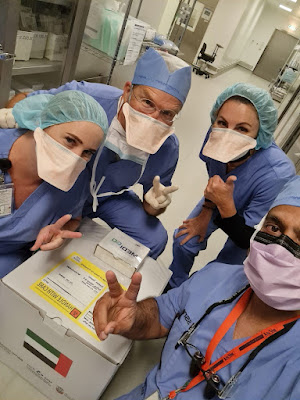Here's a recent article describing the once and future Dutch selection of medical students by lottery. (I believe that residency positions may also have or have had selection by lottery.)
Rationales for a Lottery Among the Qualified to Select Medical Trainees: Decades of Dutch Experience by Olle ten Cate, J Grad Med Educ (2021) 13 (5): 612–615. https://doi.org/10.4300/JGME-D-21-00789.1
"The Dutch Lottery for Medical School Selection
"A lottery, as a method to determine who will be admitted to medical school or residency, may sound an absurd proposition to many. A lottery appears to devalue motivation, disregard high effort and talent, and randomly block freedom of career choice. However, The Netherlands has decades of experience with this method. The Dutch government applied a lottery system nationally for admission to all medical schools in 1972. This system was abandoned in 2017 after an appeal but will now be reinstalled in 2023 as a legitimate procedure for the selection of students.
"Until 1972, the admission to Dutch medical schools, which have a 6-year program not preceded by baccalaureate education, was freely accessible for applicants with the proper secondary schooling (note that the Dutch government pays for most of medical education). When applicants increased in number and their costs became substantial, the Dutch government introduced a numerus fixus, a restricted total number of positions, derived from predictions of future physician need. After years of debate, politicians settled on a “weighted lottery” system for admissions. The average score on a national final secondary examination determined the weighting. Students with an outstanding score would triple their chances compared to those with a just-pass score. Declined candidates could reenter the lottery for 2 subsequent years. For decades schools and the public were generally satisfied with this procedure to determine the one-third of all applicants (on average across decades) for whom there was space at a Dutch medical school. The lottery procedure was smoothly conducted by a government agency, until 1996. That year an outstanding high school graduate was turned down 3 times and appealed the decision. Political and societal anger arose and led to a gradual replacement of the lottery, initially with a local qualitative selection process in parallel with a national weighted lottery. In 2 decades, the national lottery system was abandoned altogether; legislation prohibited medical schools from using a lottery as of 2017. Surprisingly, in 2020, a parliamentary majority voted to allow schools to use a lottery system, and thus reinstalled lottery processes as a legitimate method of selection. The law is effective in 2023."
*************
Related:














